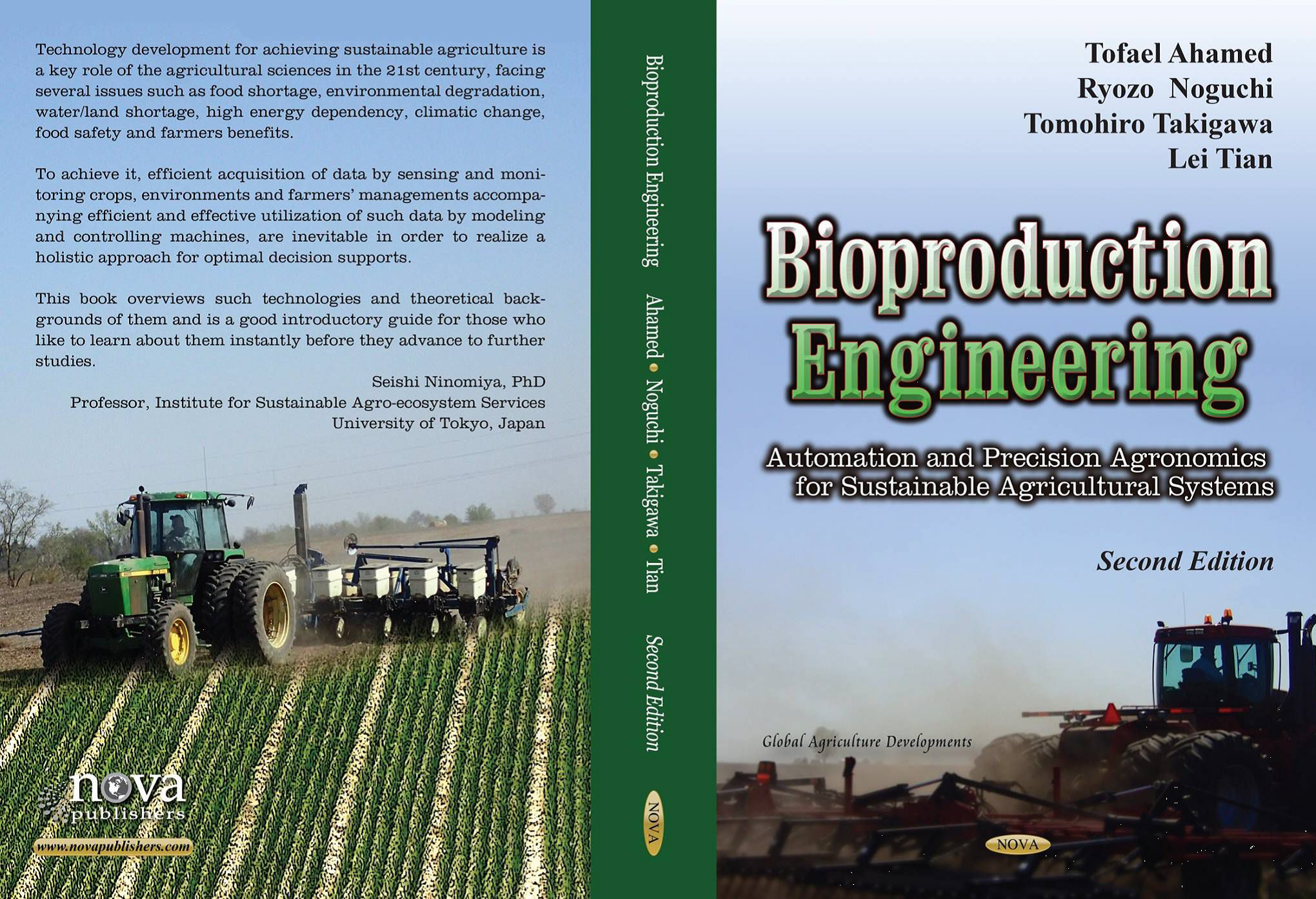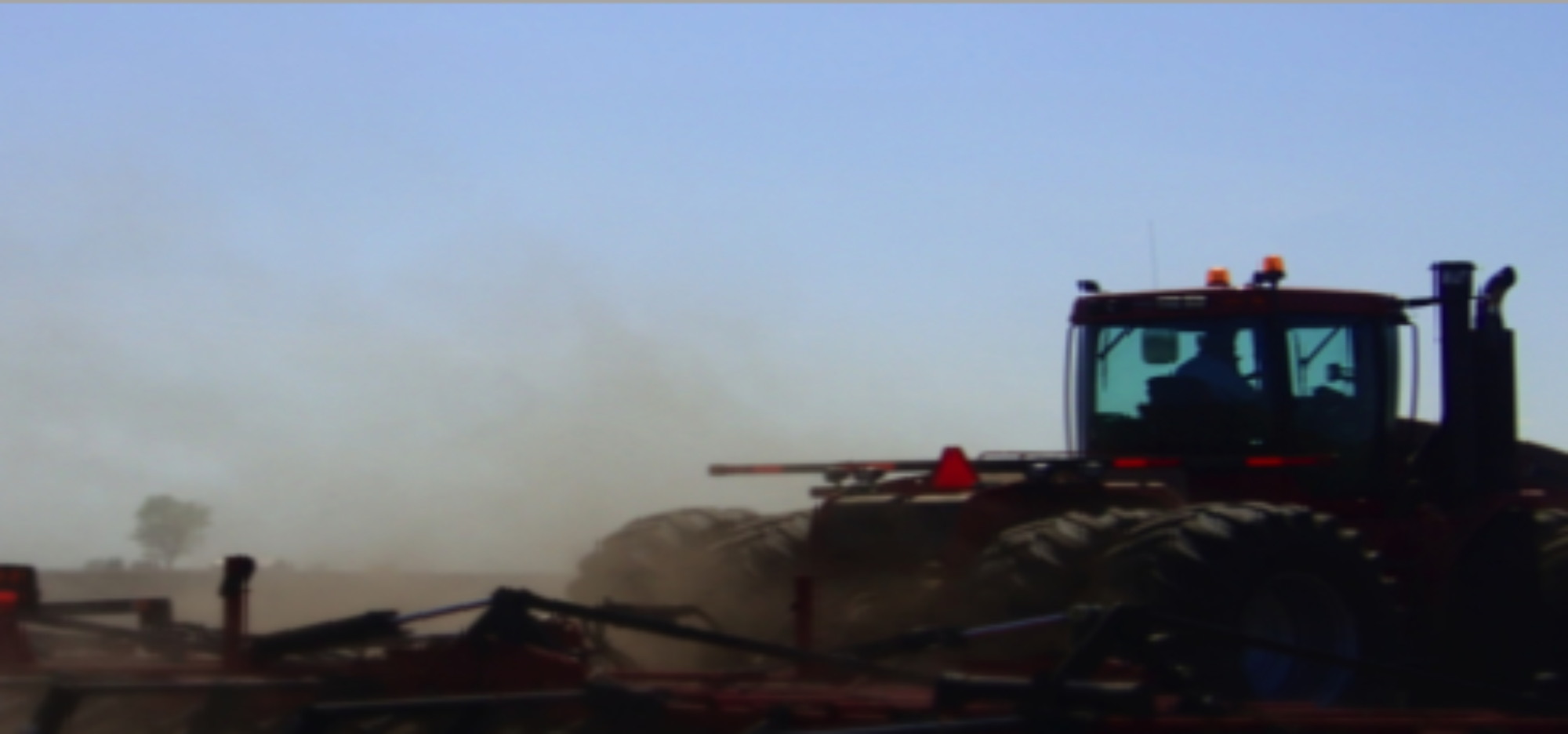
ISBN: 978-1-63484-793-3
Publisher: NOVA Science Publishers, New York, USA, 274 pages, Second Edition, 2016
Foreword: KC Ting, Professor University of Illinois at Urbana-Champaign, USA
Comment: Seishi Ninomiya, Professor, University of Tokyo, Japan.
A key question, how large a role could bio production play to achieve sustainable agricultural practices. The other concerning issues is energy demand and supply. All contributions are certainly needed: Understanding of bioproduction engineering research and development helps to the efficient production in sustainable agriculture and the future renewable energy resources. In this book, chapters are organized on information-oriented technology to deal with variability of bioproduction systems, sensors and control systems, precision agriculture technology, decision support system in agriculture, renewable energy resources and sustainability issues in agricultural management. One of the highlights in the context of bioproduction is the sustainability of bioenergy resources.
On the other hands, the biophysical properties of biomass are noted to increase feedstock production. The latest non-destructive methods for yield estimation including satellite, aerial and ground based remote sensing issues are presented in the precision agriculture technology chapter to popularize site-specific management. In the satellite and ground based remote sensing parts, the temporal and spatial variations in the crop growth over the growing seasons emphasize for decision support systems. The potential of decision support system as a policy-making tool and several issues: land use planning, water management, energy, and farming systems considers for sustainable management.
At the end of the book, the data analytics and focus has been given to relate more about the data warehouse, structured and unstructured data from the sensors and how to use those data simply. Remote Sensing (RS) dimensionality and Big Data points for satellites-based sensor and airborne sensor has been figured out. The crop growth monitoring parameter like LAI, LST and NDVI points were clarified in the pre-processing stages of images. The complexity of Big Data in RS images has the volume, velocity and variety of information that needs to turn out as knowledge. The decisions and logistics that influence the market prices of agricultural products will get an emphasis on this edition of this book.
